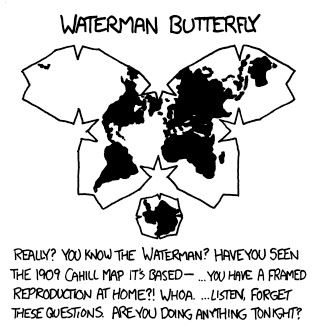The thing is it’s been like that forever. Good products made by small- to medium-sized businesses have always attracted buyouts where the new owner basically converts the good reputation of the original into money through cutting corners, laying off critical workers, and other strategies that slowly (or quickly) make the product worse. Eventually the formerly good product gets bad enough there’s space in the market for an entrepreneur to introduce a new good product, and the cycle repeats.
I think what’s different now is, since this has gone on unabated for 70+ years, economic inequality means the people with good ideas for products can’t afford to become entrepreneurs anymore. The market openings are there, but the people that made everything so bad now have all the money. So the cycle is broken not by good products staying good, but by bad products having no replacements.










At least it was better than Indiana Jones and the Kingdom of the Crystal Skull.